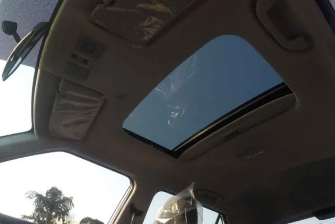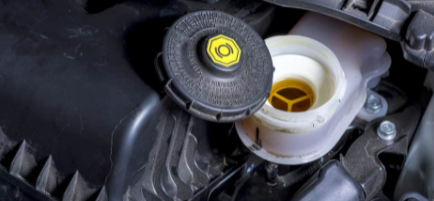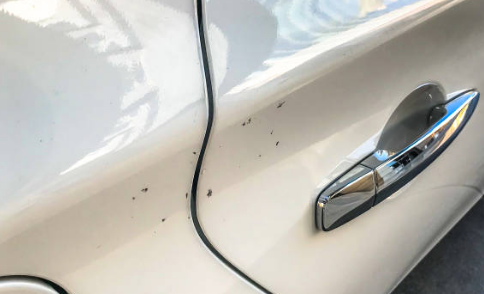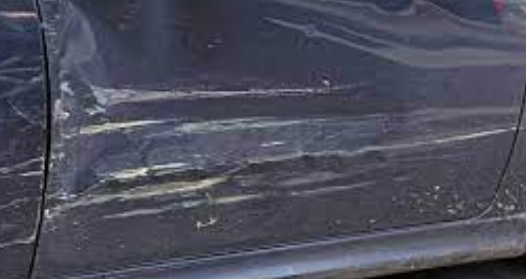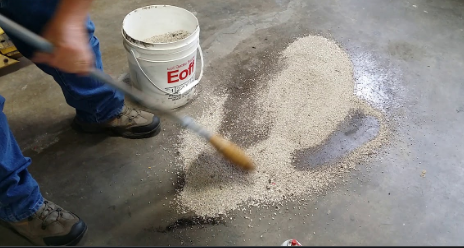
Having a car is fun. It looks good in your driveway, and you feel on top of the world when people compliment how fine and sporty your car looks, courtesy of you. Then, something breaks, and you have to pay a visit to the auto workshop.
What if I told you that you have a higher chance of fewer trips to the mechanic after you read this article? You don't believe it? Well, as the popular saying goes, seeing is believing, and to be fully convinced, you have to read through this article.
Car maintenance may be intimidating at first, but begin with simple and work your way up the car repair experience ladder. Here are nine car repair and maintenance activities that you can handle on your own.
Are you ready? Let's get started!
1. Repairing Drippy Sunroofs
It's raining while you're driving, and you can feel drops of water dripping on your shoulder. It means your sunroof drains are blocked. In less than twelve minutes, you should be done with that. Open the sunroof using the controls and check its drain holes, which should be at all corners. Once you locate them, use your fingers or a small brush to remove debris stuck in the drains. Then test the drains by pouring water into them and checking if it's draining onto the floor. If the drain is still plugged, get a speedometer cable and slide it into the drain while twisting it. Ensure you push the cable in gently because it can puncture the drain tubes. This will allow water to leak all over the dashboard area. Flush the drain after using the speedometer cable.
2. Changing the Power Steering Fluid
The manufacturer's service recommendations or a rule of thumb for power steering fluid is about 24000 miles or two years. Suck out all of the fluid while the engine is off, of course. The fluid bowl should then be refilled with fresh power steering fluid. Start the engine and wait around 15 seconds.
You should never use "universal" power steering fluid in place of the recommended type, and do not use additives or stop-leak solutions either. They have the potential to block your power steering's tiny mesh filter screens, resulting in costly damages.
3. Replacing Damaged Antennas
It is simple to replace a fender mount antenna mast. Simply unscrew the remaining part of the antenna and replace it with the one you purchased from the store. A pillar mount antenna can be a bit more technical to replace; nevertheless, it is still a do-it-yourself project. Disconnect your radio's antenna cable and attach a weighty string to its end. Unscrew the old antenna mount and remove the old antenna and string. Connect the new antenna cable to the string, then pull it back into the vehicle and connect it to your radio. Then, using the screws provided, secure the new antenna to the pillar.
4. Repairing Chipped Paint Parts
If you don't cover paint chips with touch-up paint, they'll rust, and then you'll have a far bigger problem on your hands. Touching up is easy. Just buy wax remover, fine tip paint applicators, and touch-up paint from any auto parts store. Clean the chip with the grease (and wax) remover and let dry. Then, dip in paint and lightly apply on the chip using the applicator. Don't over-apply to the point of the paint dripping. Apply wax after the paint has completely dried up, which should be about four weeks.
5. Replacing Windscreen Wipers
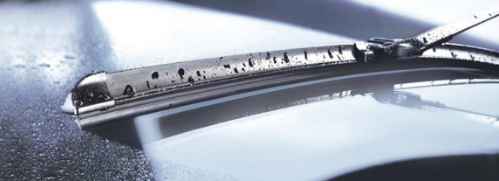
There is a simple test to check if your wipers need to be replaced. Simply push the washer button and check to see if your blades are clean. If they give this squeaky sound, they should be replaced. There are a good number of generic, cheap blades at the auto parts store, but it is advisable to go for a name brand. They are more expensive than generic blades, but their higher-quality rubber cleanses better, provides better UV protection, and lasts longer.
Adhere to the installation instructions included with the package. When removing the old wiper blade, make sure you have a good grip on the wiper arm. If you let it go, it has the potential to crack the windshield.
6. Repairing dents and dings
To repair dents and dings, you'll need a small can of autobody filler, plastic applicators, several grits of sandpaper, and cream paste. Start by sanding the dented part expertly with coarse sandpaper and then smoothen the edges. Grease and wax remover should be used to clean the dents. Then, using a skim coat (light), fill in the sandpaper scratches with the body filler. Allow the filler to set before working in the repair with subsequent layers no thicker than a quarter-inch per application. Feather the final coat so that it matches the painted areas. Sand till smooth once it has cured. Then, apply a cream filler to the affected region to fill in any pinholes. Allow it to cure before sanding again. Then, using touch-up paint, repaint the affected area.
7. Replacing Internal and Non-major Bulbs
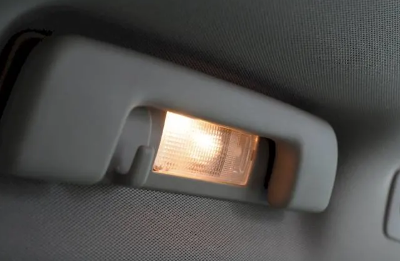
Simply remove the screws and the lens to access the burnt non-headlight bulbs – fog lights and in-cabin bulbs. Desist from handling the new bulb with your bare hands to prevent skin oils from accumulating on its ultra-thin glass, which can lead to premature bulb failure. Then, insert the bulb into the socket and make sure it clicks into place. Replace the lens, and that's that.
8. Replacing Brake Fluid
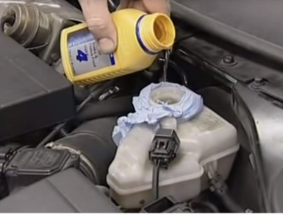
As with power steering fluid, it is sometimes recommended that car owners advise replenishing brake fluid every two years or 24,000 miles. However, testing your brake fluid is simple. Simply immerse a test strip in the fluid and compare the color to the chart on the container.
You can't do a thorough brake fluid flush on your own, but you can do the next best thing: replacing the fluid. This will not completely replace the old fluid with new fluid, but it will introduce more than enough new fluid to make a distinction.
After replacing, drive the car for a week to mix the fresh fluid with the old. Repeat the operation several times over the next few weeks until the reservoir fluid preserves its light honey color.
9. Cleaning Up Oil Spills
Yeah, I know. You don't go to the auto shop for this. However, how do you clean your oil spills?
Sawdust is a good choice for cleaning up oil spills in your driveway or the garage. You can get sawdust for little or no cost from a nearby mill or your neighbor. Pour the sawdust over the spill, allow it to absorb the liquid for about 20 minutes, then sweep it out.
Conclusion
So, here are nine tips for helping you reduce your trips to the auto workshop in the short-term and long term. Make sure you practice them and don't hesitate to come to thank me after!
.png)
